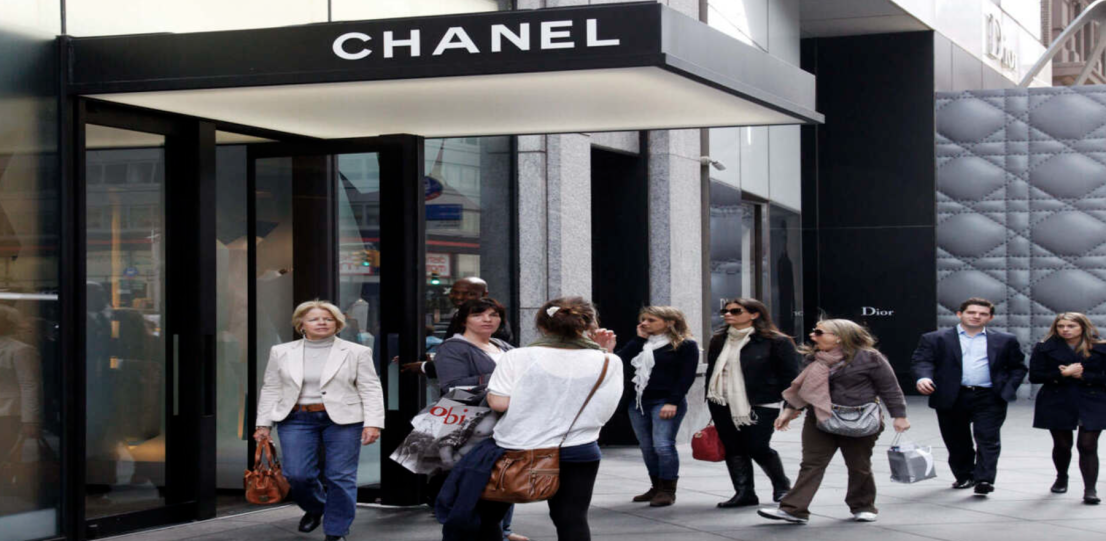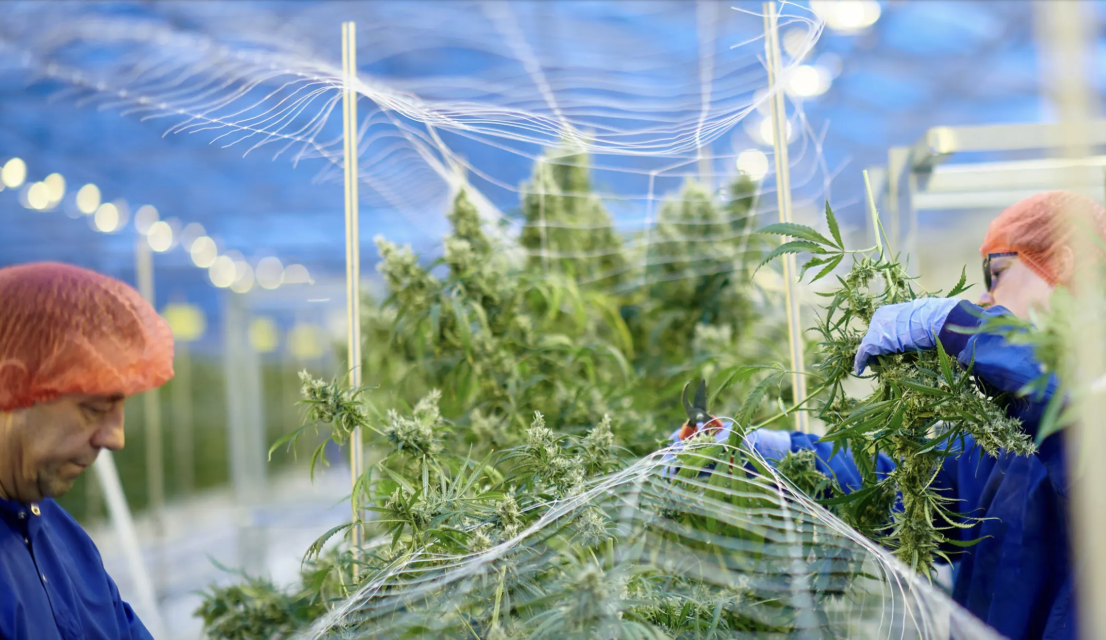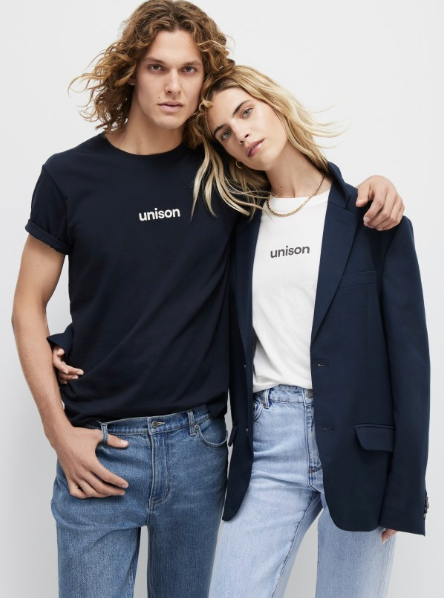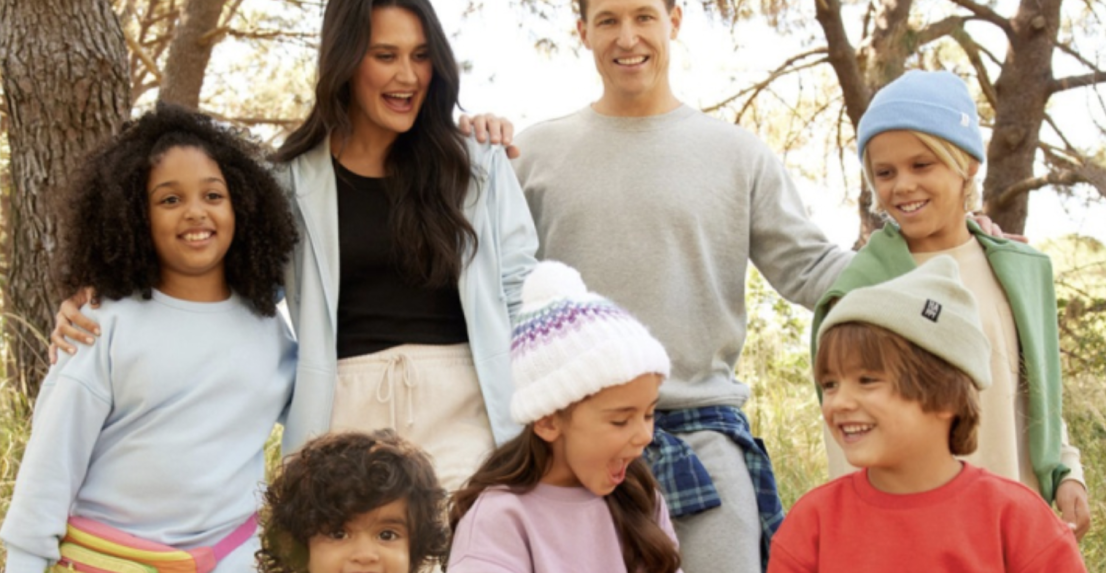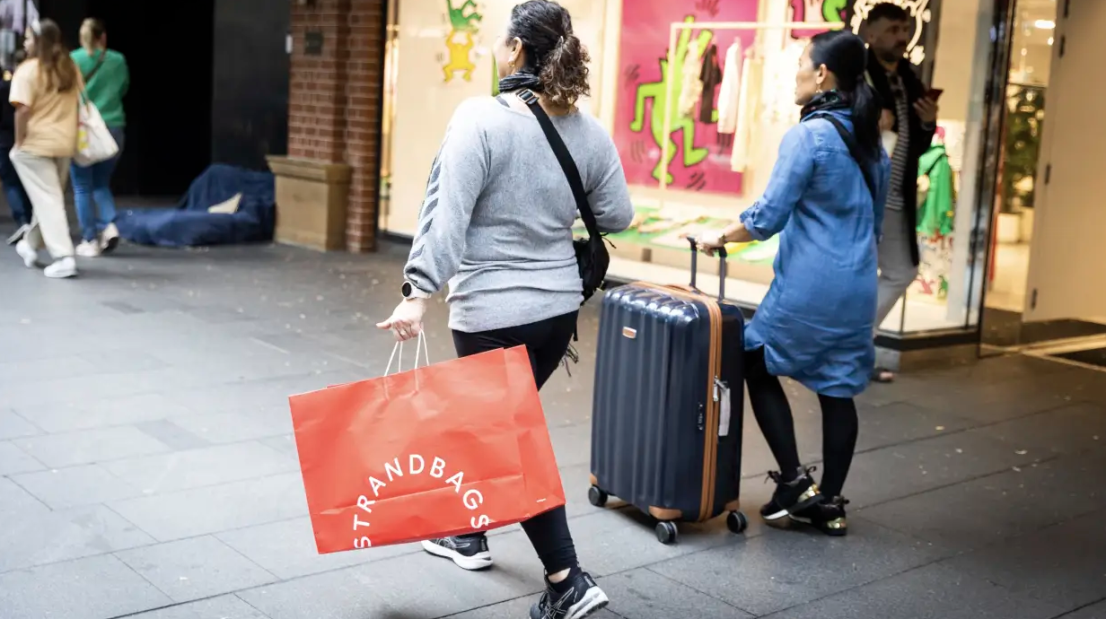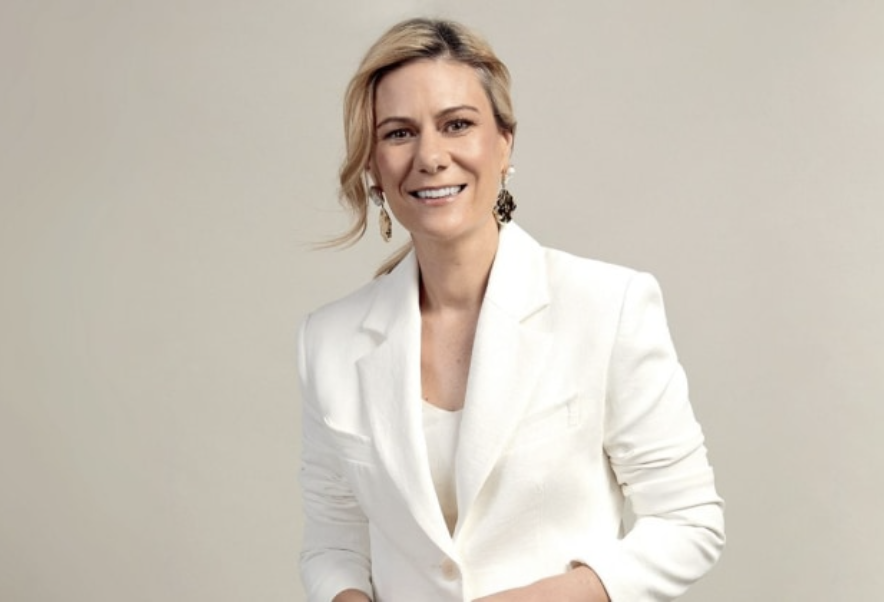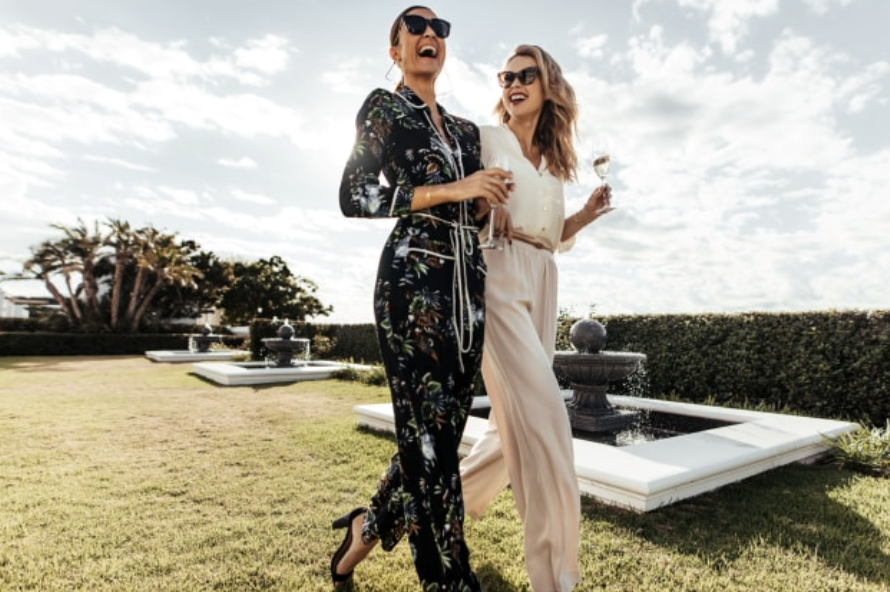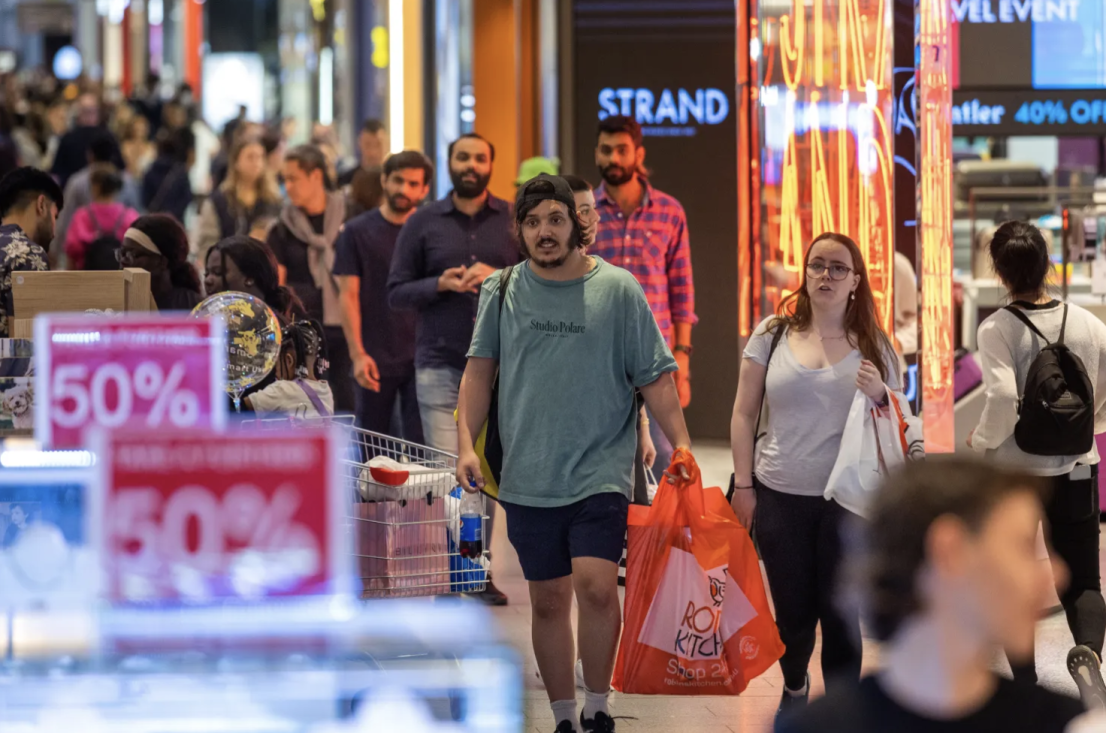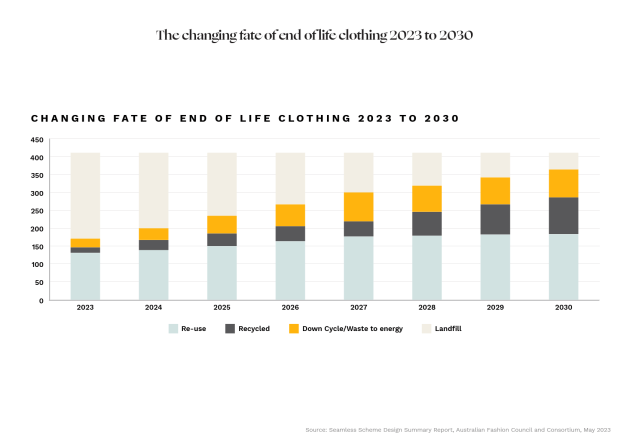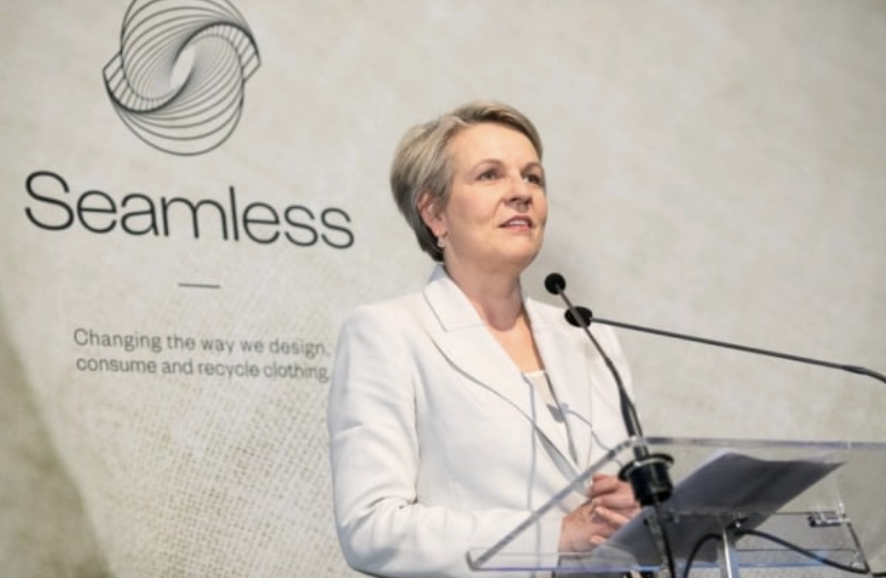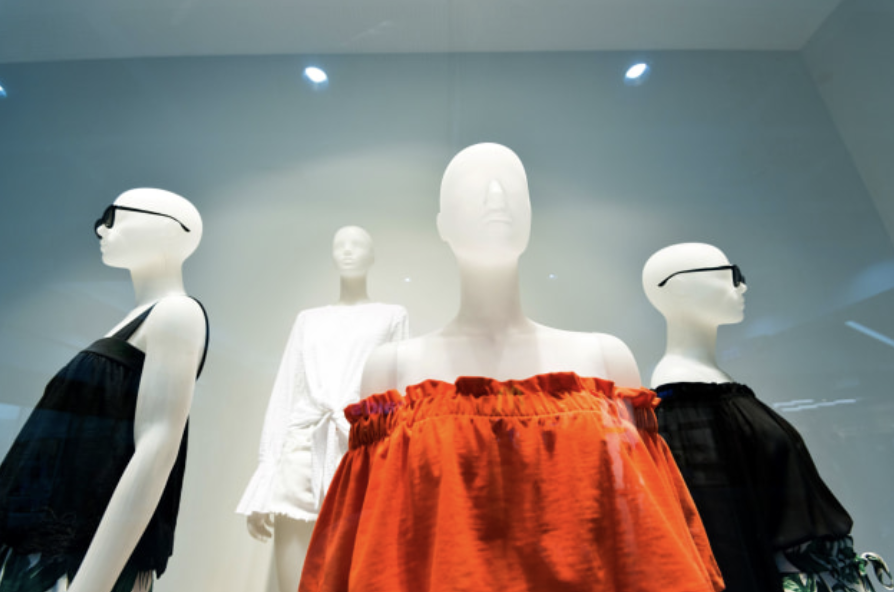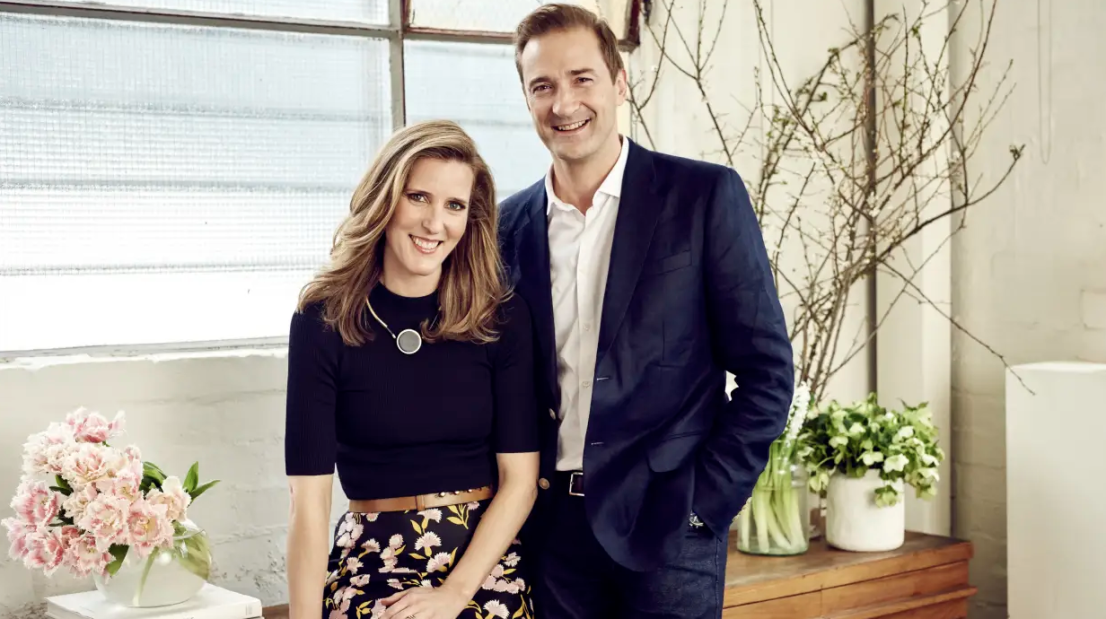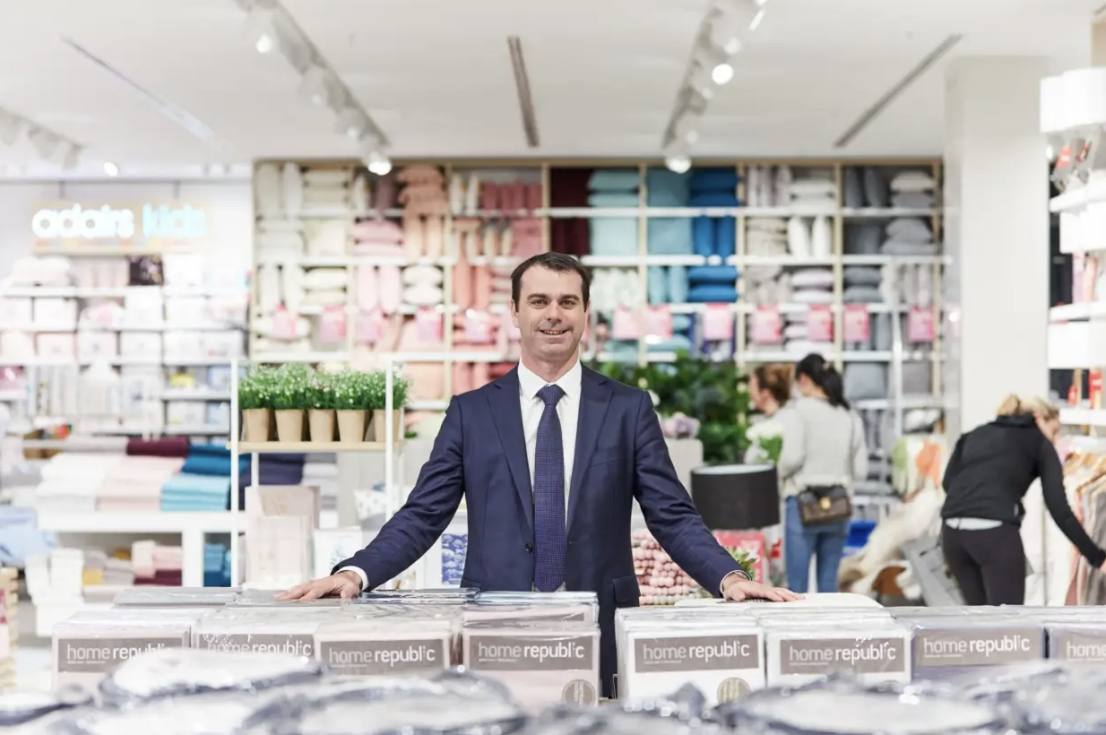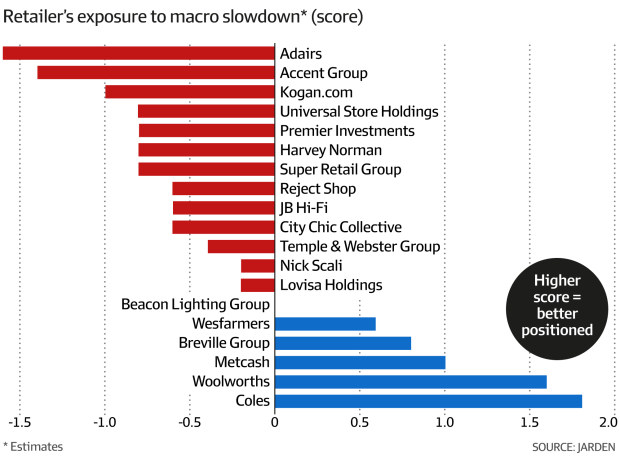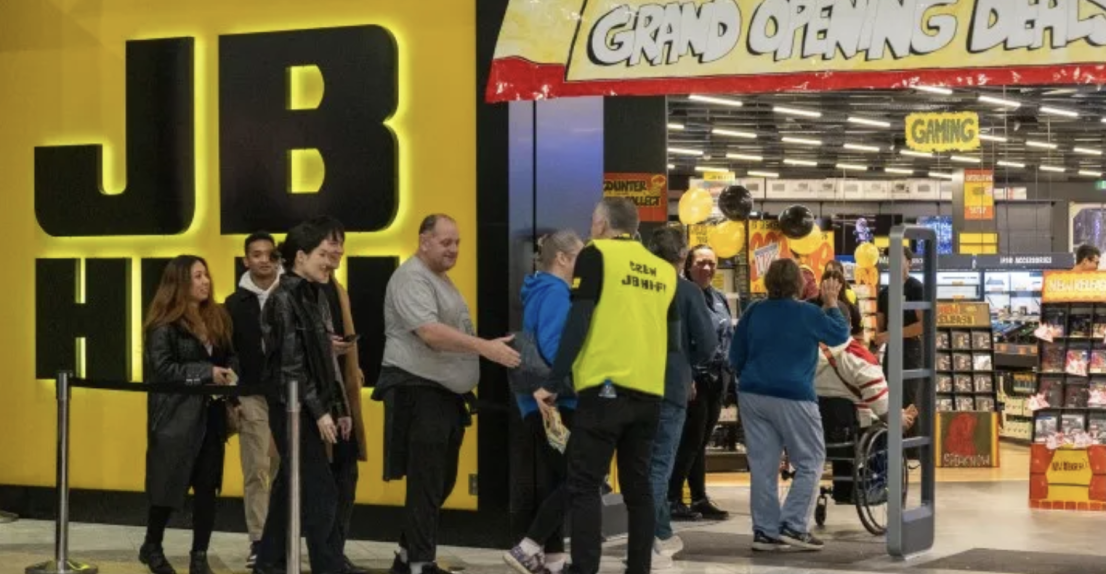
Australian consumer electronics giant JB Hi-Fi announced a major expansion of its New Zealand operations last week, unveiling plans to double its store count in the next three to five years.
Managing director of JB Hi-Fi New Zealand Tim Edwards told Inside Retail that he plans to grow the business from 14 stores to 38 in the next few years, and has identified a total of 60 locations that could work as bricks-and-mortar sites.
Whether JB Hi-Fi expands into all of these locations will depend on the success of Edwards’ five-year strategy for the business, which he has been honing since joining JB Hi-Fi New Zealand 12 months ago.
Based on his 14 years’ experience in New Zealand retail, including at Noel Leeming and The Warehouse Group, Edwards sees a massive opportunity for JB Hi-Fi to expand physically and digitally in the coming years. He revealed that JB Hi-Fi also plans to move its e-commerce site to the Shopify platform in the future.
“I’ve seen a lot of the nooks and crannies of the New Zealand market, and one of the things I always noticed [from the outside] was that JB Hi-Fi was underperforming on its potential,” Edwards told Inside Retail.
“That always worried me as a competitor, but I joined the business just over a year ago and [now get to] help to realise that potential.”
That underperformance isn’t a reflection on the team, Edwards said, but rather, the lack of a clear strategy on how to take JB Hi-Fi New Zealand to the next level. This is something the business now has, and the team has rallied behind it.
Gut and experience
According to Edwards, the New Zealand business had been in a state of “hibernation” for the last five to seven years, as its Australian owner, JB Hi-Fi Group, tried to work out what to do with it.
The group eventually decided to “double down” on the New Zealand market, and invest in building it up as the broader retail market recovered. Edwards was brought on in 2022 after the former New Zealand MD Cherie Kerrison exited the business, and he immediately started working on the next phase of JB’s local growth.
According to Edwards, the New Zealand market could potentially handle double or triple the size of JB Hi-Fi’s current store network, but he is working hard to make sure that each store location is right. For reference, JB Hi-Fi currently has 14 stores across New Zealand, whereas Noel Leeming has closer to 90.
“We use multiple triangulations [to make those decisions], such as population density, and income per household, etcetera, but we also use a lot of gut and experience,” Edwards explained.
“We see a clear line to 38 stores, but the key is to make sure that we resist the temptation to just put stores wherever, whenever the sites become available. We want them in the right size, in the right location, and to complement what we’ve already got.”
Part of the expansion involves relocating at least two stores to more desirable locations. JB’s Hamilton store on New Zealand’s North Island, for example, has been relocated from the CBD to a shopping centre. It drew 15,000 customers through its doors on opening weekend.
“This calendar year we’ll be launching on Moorhouse Avenue in Christchurch. It’s New Zealand’s second largest city, and we’ve only got one store there — that catchment can handle three, four, or five stores over time,” Edwards explained.
“Next after that will be Invercargill, at the very bottom of the South Island, which is a very high socio-economic growth area. And then the other two stores we’ll be launching before Christmas [2023] are in Christchurch and Auckland International Airport.”
As it stands, JB isn’t the biggest consumer electronics business in New Zealand, but one of its advantages is that it caters to multiple types of customers.
Edwards noted that while JB’s consumer electronics customers – those coming in for televisions, monitors, laptops, and phones – shop on average 3.5 times a year, the retailer also caters to media customers, who shop for music, movies and video games around once a month.
Having a higher volume of customers – around 100,000 people a week – enables JB Hi-Fi to capture more spend than its competitors.
Retail at the end of the world
There are inherent difficulties in trading in New Zealand, however. The country is split across two major islands (although the country is technically made up of more than six hundred islands), and has just a few large cities, surrounded by smaller towns and rural areas.
This can make getting stock into stores difficult. Getting it to customers can be even harder.
“We’re at the end of the world here, so we’ve got to get stock here, and then get it to the right island, and then get it to the customer,” Edwards explained.
“On the surface you think, ‘how the hell are you going to do it’, and it’s not without its challenges, but there’s a pretty tight infrastructure behind it, and our customers know that if they’re in a remote South or North Island town, they’re going to have to wait another day.”
